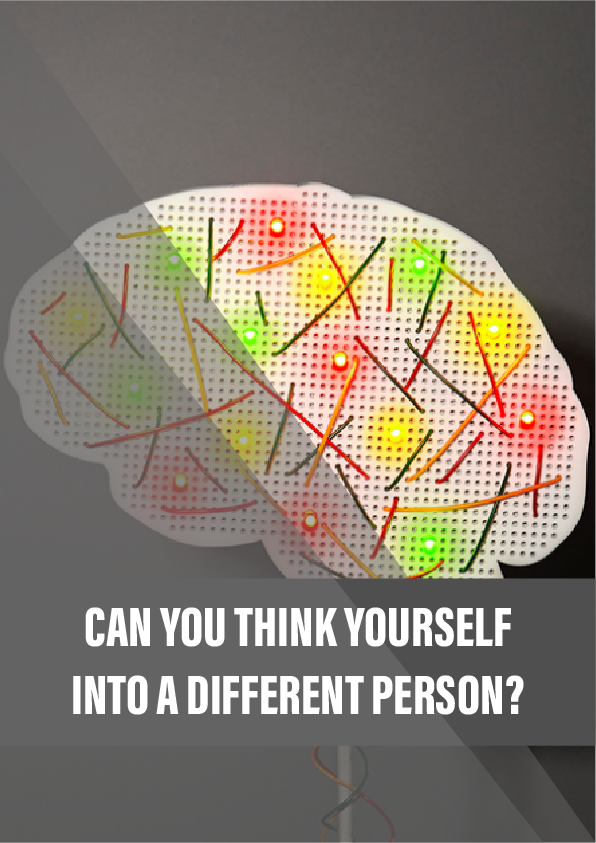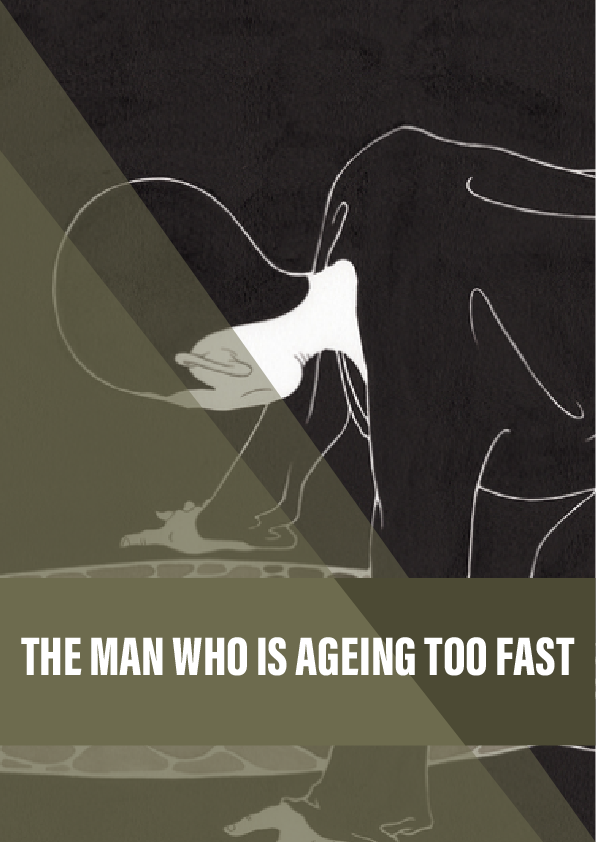We used to believe our brains couldn’t be changed. Now we believe they can – if we want it enough. But is that true? Will Storr wades through the facts and fiction.
For years she had tried to be the perfect wife and mother but now, divorced, with two sons, having gone through another break-up and in despair about her future, she felt as if she’d failed at it all, and she was tired of it. On 6 June 2007 Debbie Hampton, of Greensboro, North Carolina, took an overdose. That afternoon, she’d written a note on her computer: “I’ve screwed up this life so bad that there is no place here for me and nothing I can contribute.” Then, in tears, she went upstairs, sat on her bed, and put on a Dido CD to listen to as she died.
But then she woke up again. She’d been found, rushed to hospital, and saved. “I was mad,” she says. “I’d messed it up. And, on top of that, I’d brain-damaged myself.” After Debbie emerged from her one-week coma, her doctors gave her their diagnosis: encephalopathy. “That’s just a general term which means the brain’s not operating right,” she says. She couldn’t swallow or control her bladder, and her hands constantly shook. Much of the time, she couldn’t understand what she was seeing. She could barely even speak. “All I could do was make sounds,” she says. “It was like my mouth was full of marbles. It was shocking, because what I heard from my mouth didn’t match what I heard in my head.” After a stay in a rehabilitation centre, she began recovering slowly. But, a year in, she plateaued. “My speech was very slow and slurred. My memory and thinking was unreliable. I didn’t have the energy to live a normal life. A good day for me was emptying the dishwasher.”
It was around this time that she tried a new treatment called neurofeedback. She was required to have her brain monitored while playing a simple Pac-Man-like game, controlling movements by manipulating her brain waves. “Within ten sessions, my speech improved.” But Debbie’s real turnaround happened when her neurofeedback counsellor recommended a book: the international bestseller The Brain that Changes Itself by Canadian psychotherapist Norman Doidge. “Oh my God,” she says. “For the first time it really showed me it was possible to heal my brain. Not only that it was possible, that it was up to me.”
Reference:
- Ian Robertson’s Mind Sculpture: Unleashing your brain’s potential was the first popular science book on neuroplasticity and is a fantastic primer on the subject.
- ‘Neuroplasticity is a Dirty Word’. This post is from the always brilliant Mind Hacks blog, and was the only properly sceptical take on neuroplasticity that I could find on the internet.
- One Simple Idea by Mitch Horowitz is a fascinating history of the positive thinking movement, and my principal source on it for this story.
- Ewan Birney gives a great overview of epigenetics, in the Guardian, focusing on a story that was widely misreported.
- Norman Doidge’s The Brain that Changes Itself. How could I not include this? He might not be a neuroscientist, but Doidge is an excellent storyteller.











